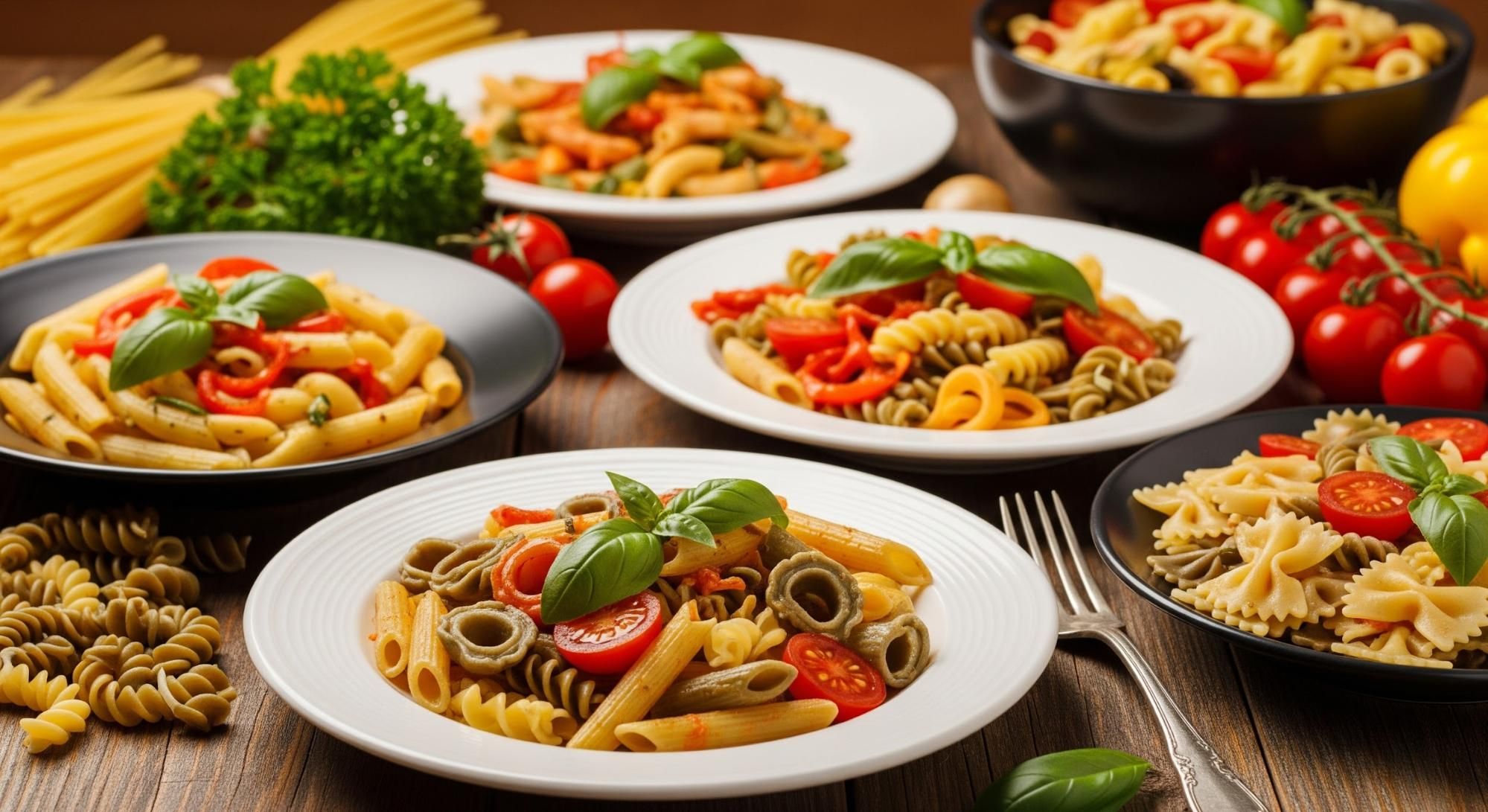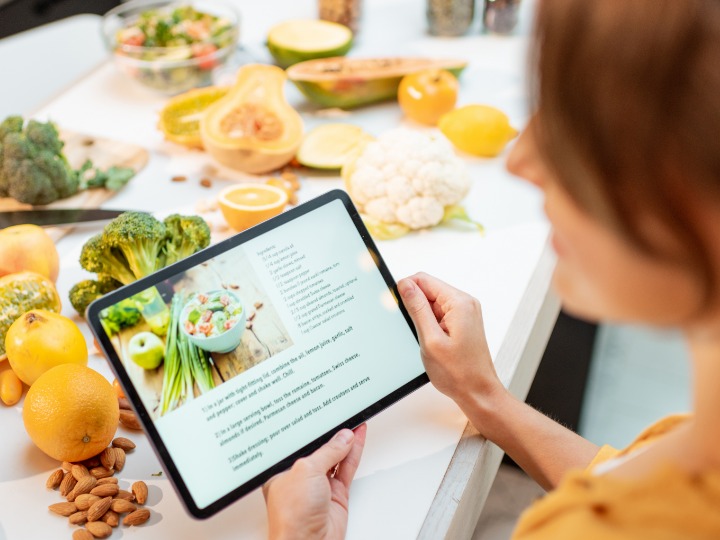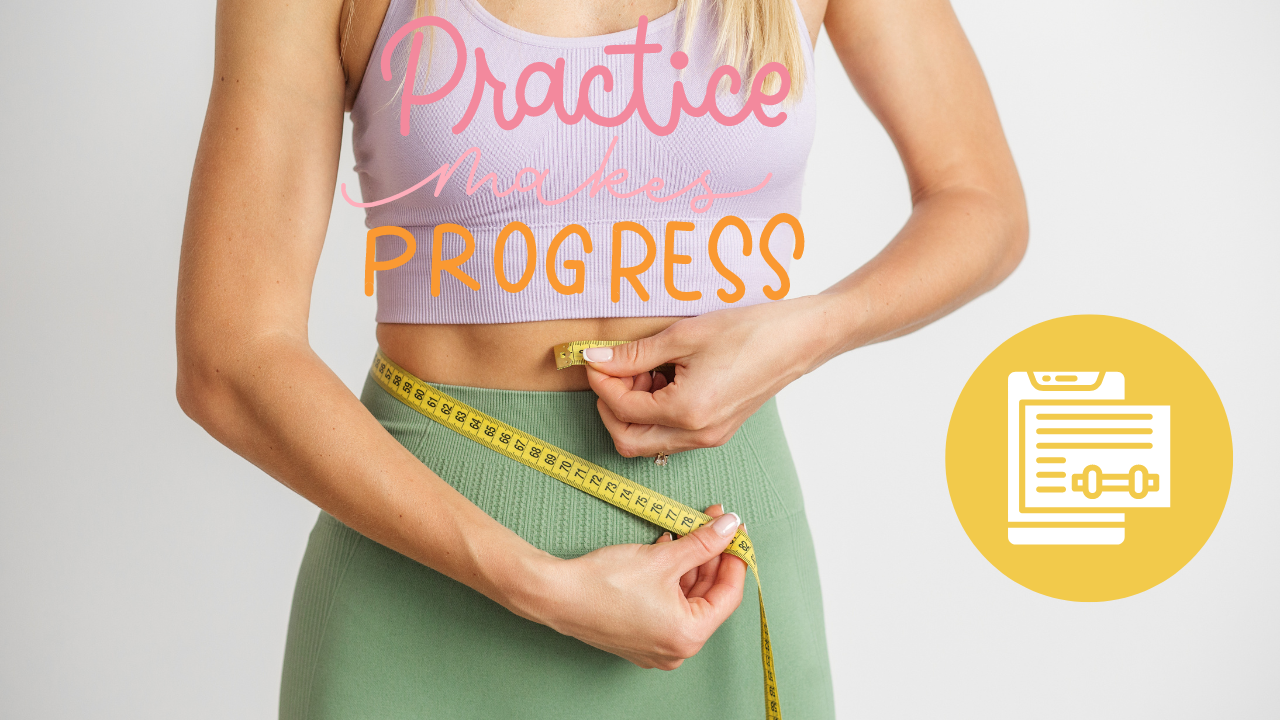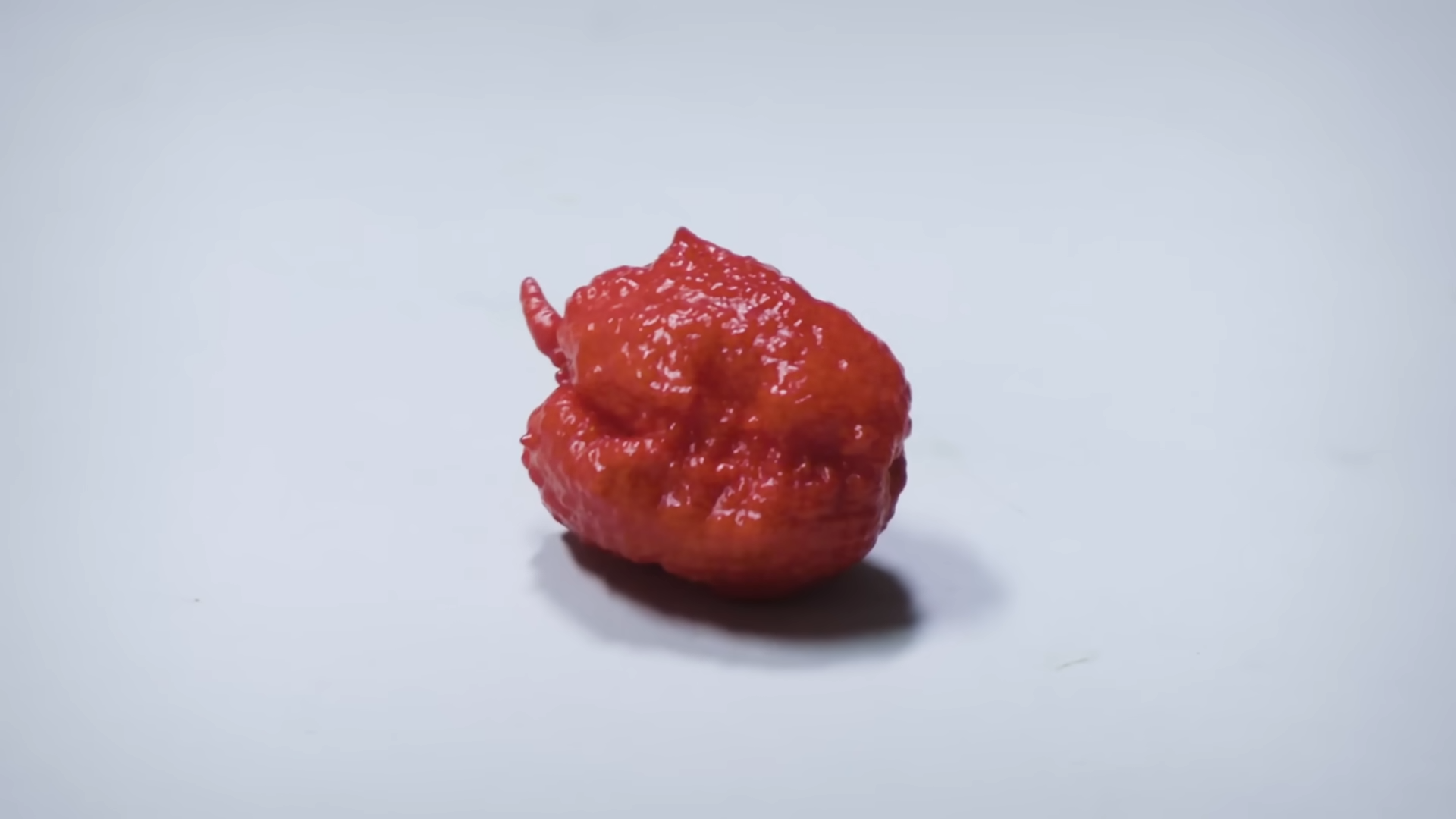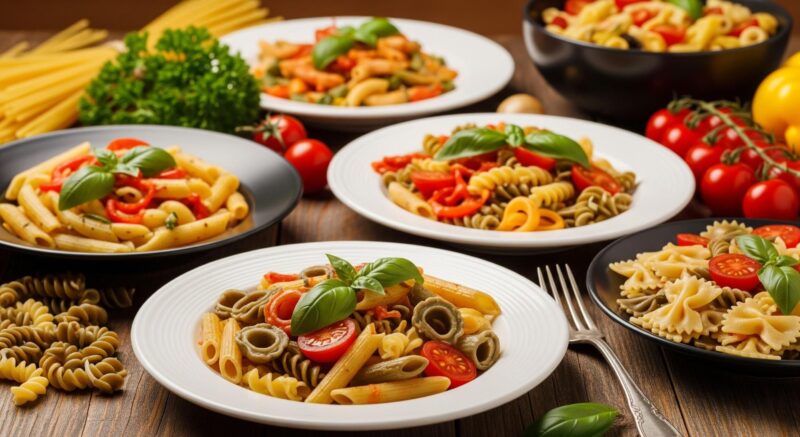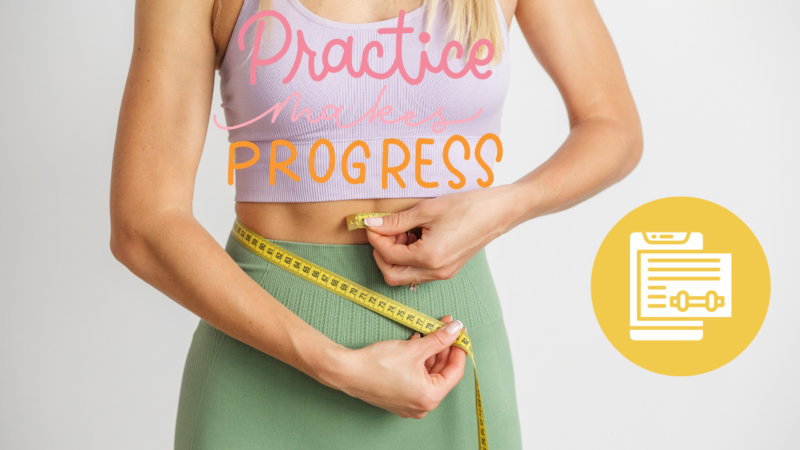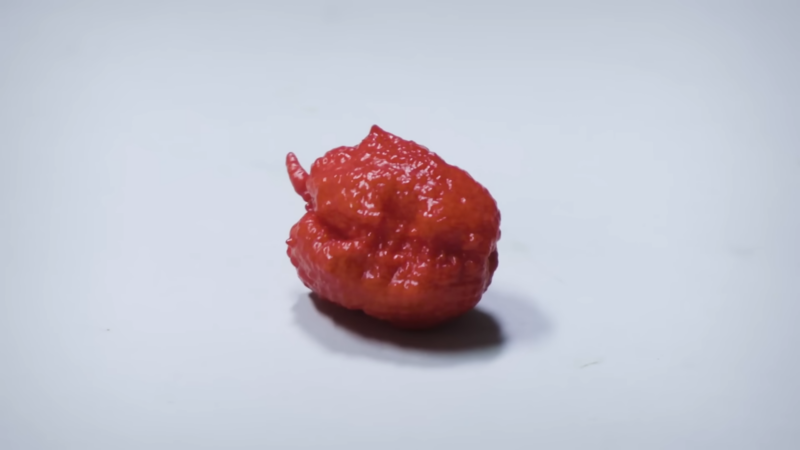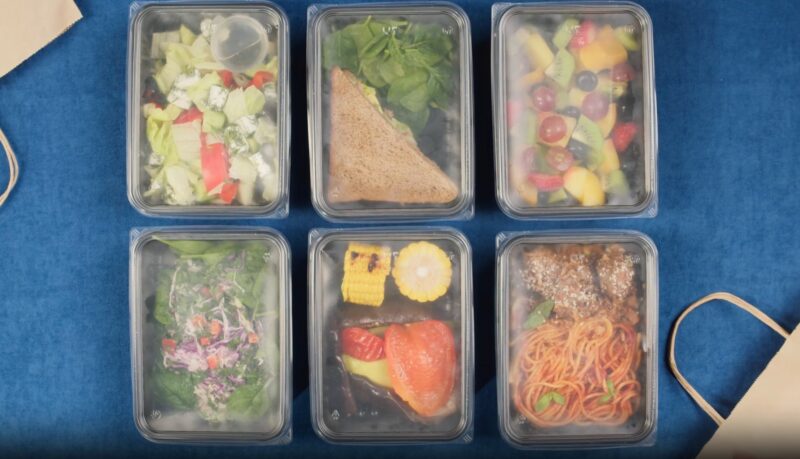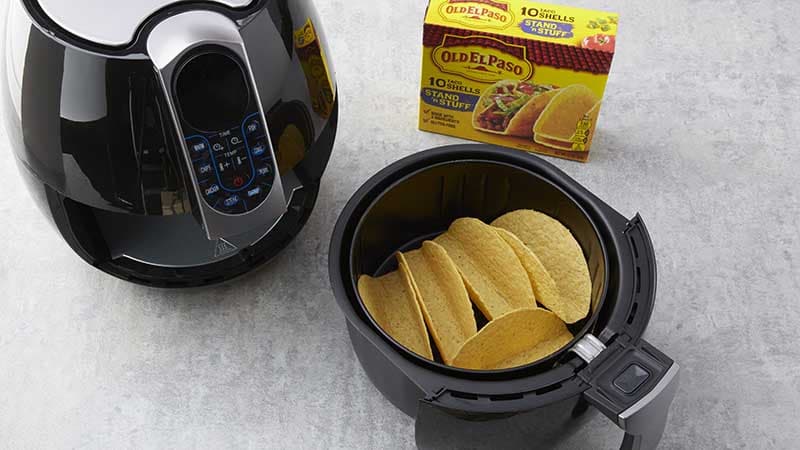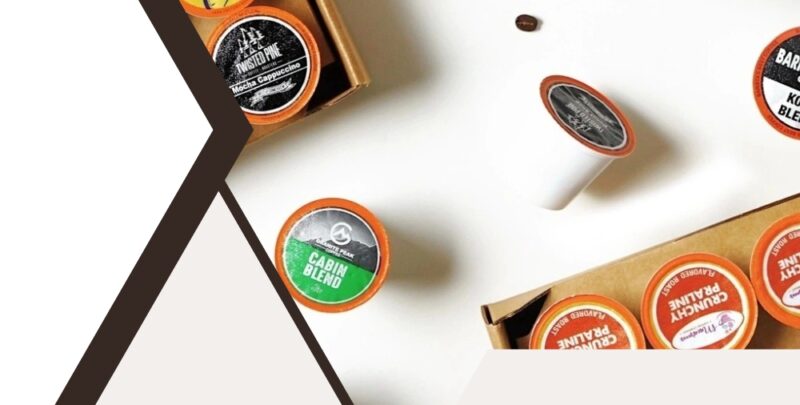
The chances are you have a stockpile of your favorite or the most delicious K-cups. Maybe you’re preparing for an apocalypse, or not. Either way, it’s never a bad idea to have that kind of caffeine convenience at your disposal. Here at Koobies Coffee, that habit is not only appreciated but also encouraged. Anyway, what I’m trying to tell you is that maybe you want to know the correct answer to “do K-cups go bad and expire?”
There’s no denying how a Keurig machine can transform your morning cup of delight that is coffee. But the real concern here is the shelf life of these K-cups. After all, you don’t want your coffee to taste stale or even weak. So do they really go bad?
It’s possible for a Keurig coffee maker to work in an apocalypse scenario. So now it’s time to find out if K-cups can too!
“Best Before” Date on K-Cups: What does it mean?
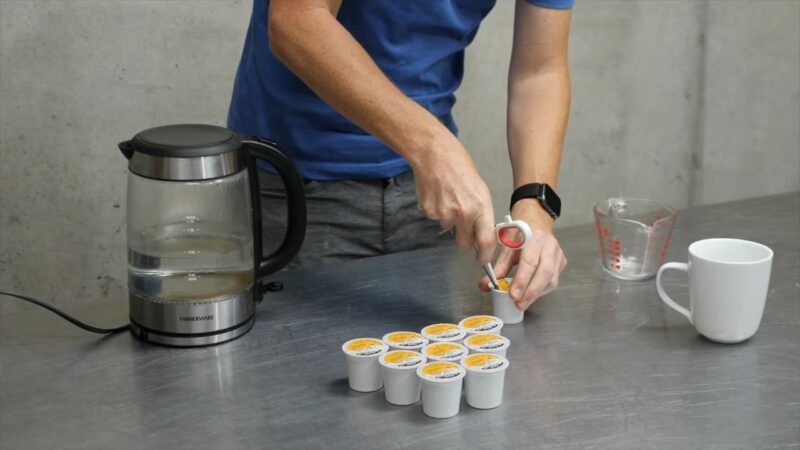
As far as K-cups are concerned, you need to understand a few very important terms regarding their shelf life. Dates like “best before”, “use by”, and “sell by” are there for a reason. And not just on K-cups but most such food items and drinks. So what do these labels actually mean?
- Sell by Date
It’s the date before which the shop or seller should sell the product.
- Use by Date
Food and drinks should be devoured before this particular date. But the “Use by Date” label is mostly found on items that are prone to going bad, like meat or dairy. So if you dare to consume these after that date, you’re very likely to become sick.
- Best Before Date
Manufacturers print this on just so you know till when the product is fresh i.e. in its optimal condition. However, consuming it after the said date doesn’t mean you’ll fall sick. It just implies that the food is no longer in the prime of its life. So there aren’t any health risks associated with this.
In America, such dates and labels are not enforced by law. That means you can expect stores to continue keeping the items even if the dates have passed. But the laws of one state are not the same in any other. Keep that in mind too.
Also, when it comes to K-cups, what you need to pay attention to is just the “best before” date because that’s the only label you’ll find on most coffee, tea, and hot chocolate pods.
What Happens After the “Best Before” Date Passes?
Like I already told you, the best-before date is just a recommendation by the manufacturer. So it’s not like you cannot or should not drink the coffee post that date. It’s completely safe to gobble down your K-cups after the date passes.
In that case, why is the date mentioned on the K-cup pod? Let me explain. The date actually means the brand guarantees the original, complete flavor and quality till that period. Once you reach the date, your K-cup might still taste the same, but only for a while. And whatever happens to the quality of the K-cup after that stage the manufacturer isn’t responsible for it anymore.
Even Keurig states that the best before date is just a simple guideline pertaining to maximum freshness guaranteed by the company. So now you understand that it’s not an expiry date? No need to freak out just because you have many old K-cups lying around. You and your health are completely safe if you want to consume them.
I also want to take a moment to praise the packaging of K-cups. Coffee, tea, or hot chocolate inside these pods is sealed tight. This is how it remains tasty and fresh for a longer time, even after the best-before date. In comparison to pre-ground coffee or regular coffee beans, coffee in K-cups stays delicious and untouched for much longer.
When I talk about freshness, the one thing that comes to mind is the roasting process of the coffee. If you go through the next section, you’ll understand how the roasting date determines freshness when it comes to coffee and K-cups.
How the Roasting Process and Time of Coffee Affect Its Shelf Life
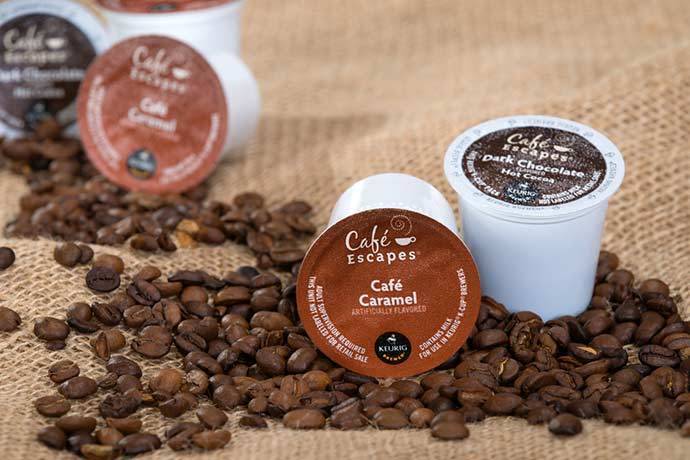
Have you ever tried preparing coffee with unroasted beans? If not, then let me tell you that the result is just a cup of tasteless, hot water. The actual magic takes place when coffee beans are roasted. It’s the roasting process that creates the delicious aroma and flavor of the coffee.
Now I’m not going to get into boring details about the roasting procedure. What I plan on doing instead is discussing only the basic, most relevant information. You need to understand how the date of roasting plays a major role in determining the shelf life of coffee.
The roasting process gives rise to carbon dioxide, a lot of it. Freshly roasted coffee beans release this carbon dioxide rapidly during the first few days. And then the speed reduces over time.
Coffee becomes stale due to oxidation. At such times, it’s the carbon dioxide that protects them against this oxidation. But carbon dioxide dissipates after the roasting process. Even when contained in an airtight pouch or container, coffee gets subjected to oxidation. And that’s when the beans move toward becoming stale.
Say roasting happens on day 1. So on days 2, 3, and maybe even 4, the beans are well-protected by a lot of carbon dioxide. It’s during this time that coffee is made. After about 2 weeks from the roast date, oxidation springs into action. So it’s safe to say that roasted beans remain fresh for around 10-12 days.
When you grind coffee beans on your own, their surface area exposed to air increases exponentially. This makes room for faster oxidation. No wonder ground coffee starts to deteriorate a minute after the grinding action.
To state it simply, there’s not much you, I, or anyone can do for increasing the lifespan of freshly roasted coffee. It’s because of the inevitable release of carbon dioxide and the dawning of oxidation under normal circumstances. That’s how K-cups enjoy the upper hand. Allow me to elaborate below.
Coffee in K-cup pods is packed using a process involving nitrogen. This is a special process that eliminates all the oxygen naturally present inside the pod. When oxygen itself is eliminated, there’s no space for any oxidation to occur. So ground coffee stays fresh in the K-cup for a longer span of time.
I hope now you understand how and why K-cup coffee is much fresher in comparison to traditionally packaged ground coffee or roasted beans.
Once the Best Before Date Passes, How Long After That Can You Still Drink K-Cups?
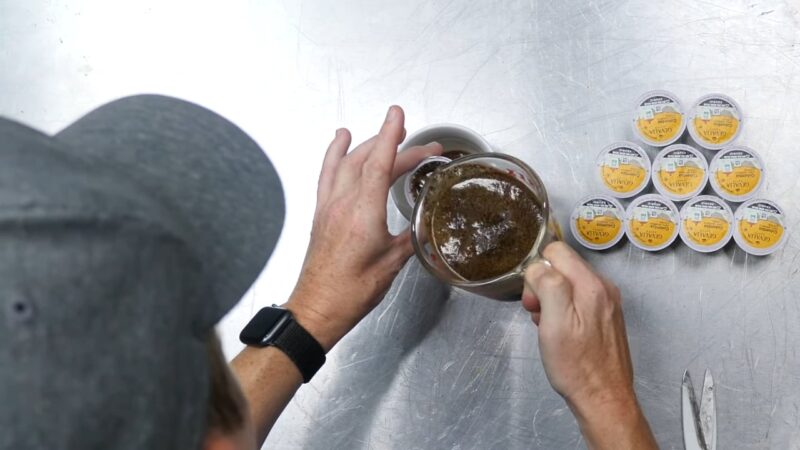
Now that you know the science part of the topic at hand, let’s answer some questions. Do K-cups go bad and expire? The short answer is YES. And if you want the long answer, then the question is about to change. Instead, it should be “how long after the best before date passes are K-cups okay to drink?”
It actually depends on many factors. The most important ones are storage and personal taste/sensitivity. But let’s just say that you stored the K-cups correctly, then how long? Around 6-12 months past the best-before date.
The thing about coffee or tea that’s not okay to drink is that even if you consume it, nothing serious is going to happen to you. There’s no danger to deal with here. The worst scenario, it will just taste bad, that’s all. And if this is the case, you simply throw it out. Just make sure not to serve expired K-cups to your guests though.
When to Avoid Drinking K-Cups?
Once again, I’m stressing on the point that K-cups are safe to drink indefinitely. But this holds true only if the seal hasn’t broken. If that happens, don’t use the K-cup pod.
K-cups are sealed for preventing moisture, air, and light from entering. The tight seal is what keeps the coffee inside fresh for such a long time. So if it happens to break or tear, moisture rushes in. And this gives rise to mold. You or anyone else obviously doesn’t want to gobble down a moldy beverage. It makes you sick, let alone taste bad.
How to Store K-Cups Properly to Extend Their Shelf Life?
K-cups come in a variety of different flavors. They are also available as tea and hot chocolate. K-cups are not just coffee pods, right? But in every K-cup, the ingredient is powder. And when storing any food item in a powdered form, be it chili powder or ground coffee, you have to protect it from external factors. Like temperature fluctuations, air, and moisture.
It’s only common sense to assume that when grounds are well-protected, they retain their original quality for longer. So as far as protecting the ingredients inside a pod goes, the seal of the K-cup is already up to the task. It doesn’t allow moisture or air to enter inside. So the chances of cross-contamination and mold growth are completely eliminated.
But just on your part, make sure the K-cups are not placed in a setting where the temperature changes often. That means no freezing or refrigerating the pods. But you can store them in a dark place, or your kitchen cabinet or pantry.
FAQ
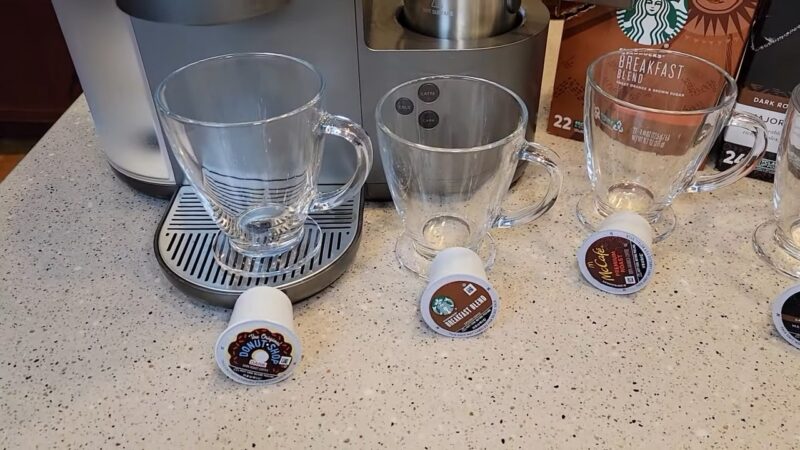
When should you avoid drinking K-cups?
You should avoid drinking K-cups if the seal has broken or torn. The tight seal is what keeps the coffee inside fresh for such a long time, so if moisture rushes in, it gives rise to mold. You or anyone else obviously doesn’t want to consume a moldy beverage.
How do you store K-cups properly to extend their shelf life?
K-cups come in a variety of different flavors, and the seal of the K-cup is already up to the task of protecting the ingredients inside from moisture and air. However, it’s best to avoid storing K-cups in a setting where the temperature changes often. That means no freezing or refrigerating the pods. You can store them in a dark place, or your kitchen cabinet or pantry.
How does the roasting process and time of coffee affect its shelf life?
The roasting process gives rise to carbon dioxide, and freshly roasted coffee beans release this carbon dioxide rapidly during the first few days. The carbon dioxide protects the coffee against oxidation, which is what causes coffee to become stale. After about 2 weeks from the roast date, oxidation sets in and the coffee beans move towards becoming stale.
Roasted beans remain fresh for around 10-12 days, so ground coffee starts to deteriorate a minute after the grinding action. Coffee in K-cup pods is packed using a process involving nitrogen, which eliminates all the oxygen naturally present inside the pod. When oxygen itself is eliminated, there’s no space for any oxidation to occur. So ground coffee stays fresh in the K-cup for a longer span of time.
Can you recycle K-cups?
K-cups are not easily recyclable due to their mixed material composition, but some manufacturers offer recycling programs that allow customers to send in their used K-cups for recycling. It’s important to check with the manufacturer to see if they offer a recycling program for their K-cups. Alternatively, some third-party companies offer reusable K-cup options that can be filled with your own coffee grounds and used multiple times, reducing waste and saving money over time.
Conclusion
Do K-Cups go bad and expire? Well, they do go bad. The grounds might look perfectly fine. But if the contents inside have been exposed, then it’s best to discard that pod. However, if the seal is untouched, don’t hesitate to brew your favorite K-cup for a delicious beverage. Even if the K-cup has passed its best before date!
And in the end, just remember one very simple rule. If the drink tastes bad despite the intact seal, simply throw it out. And if the other K-cups have the same best before date, toss those out too.
Related Posts:

